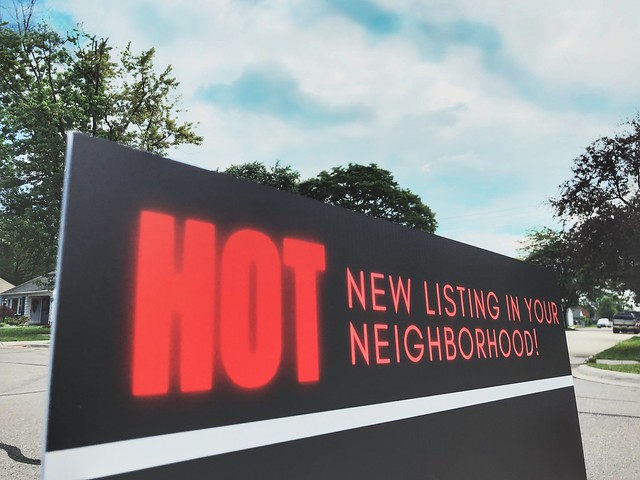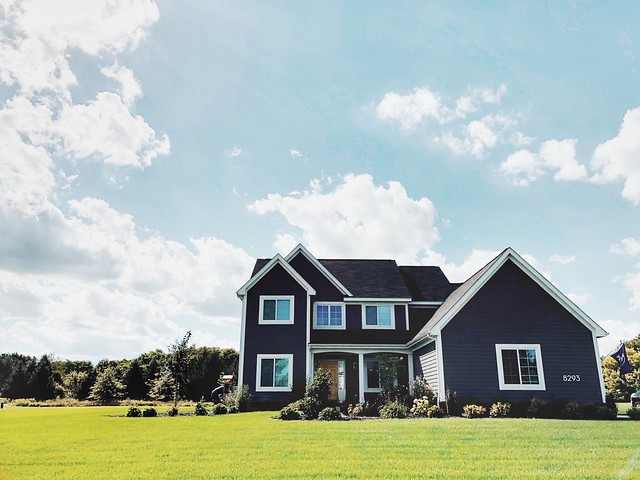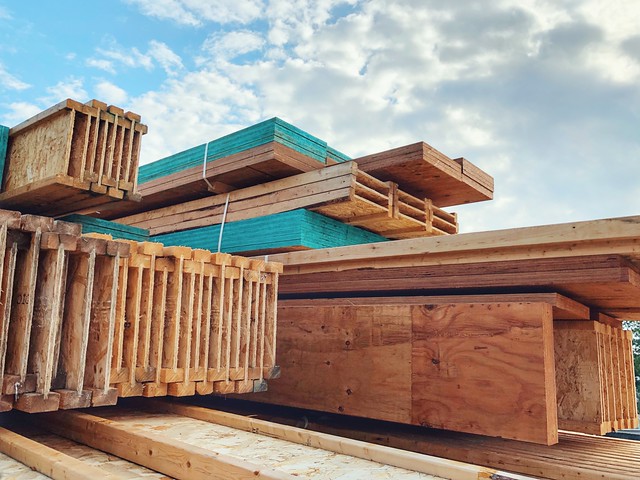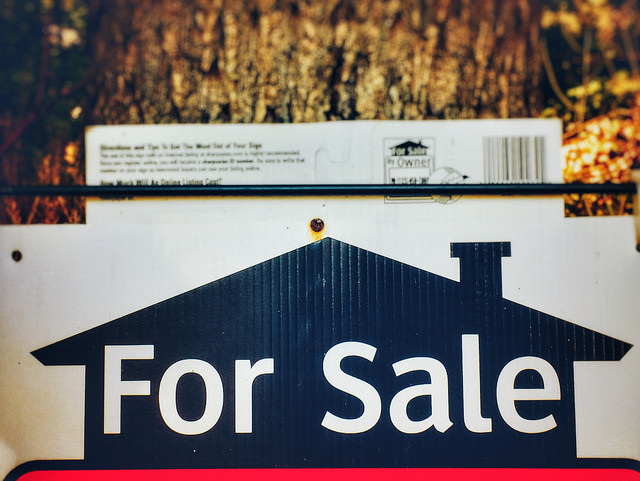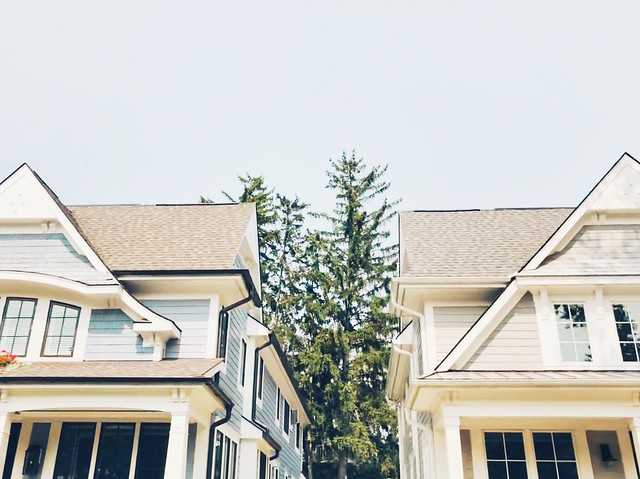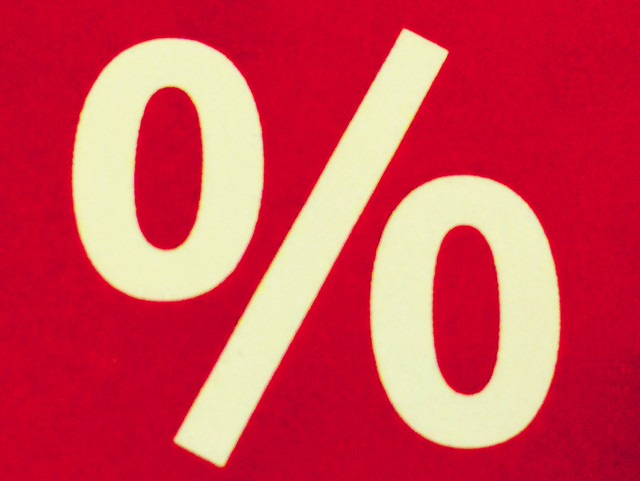There are a lot of Americans looking to buy a home this year. In fact, there are far more home buyers active in the market than there are available homes for sale. That, of course, puts upward pressure on home prices. The latest S&P Case-Shiller Home Price Indices shows just how much. According to the data, which covers the 12 months through the end of April, home prices are up 14.6 percent from last year at the same time. Craig J. Lazzara, managing director and global head of index investment strategy at S&P, says the increases are driven, in part, by demand created by the pandemic. “We have previously suggested that the strength in the U.S. housing market is being driven in part by reaction to the COVID pandemic, as potential buyers move from urban apartments to suburban homes,†Lazzara said. “April’s data continues to be consistent with this hypothesis.†In other words, the pandemic not only caused some of last year’s buyers to wait until this year, it also pushed more of them to look in the same neighborhoods, causing prices to spike in those markets. (source)




